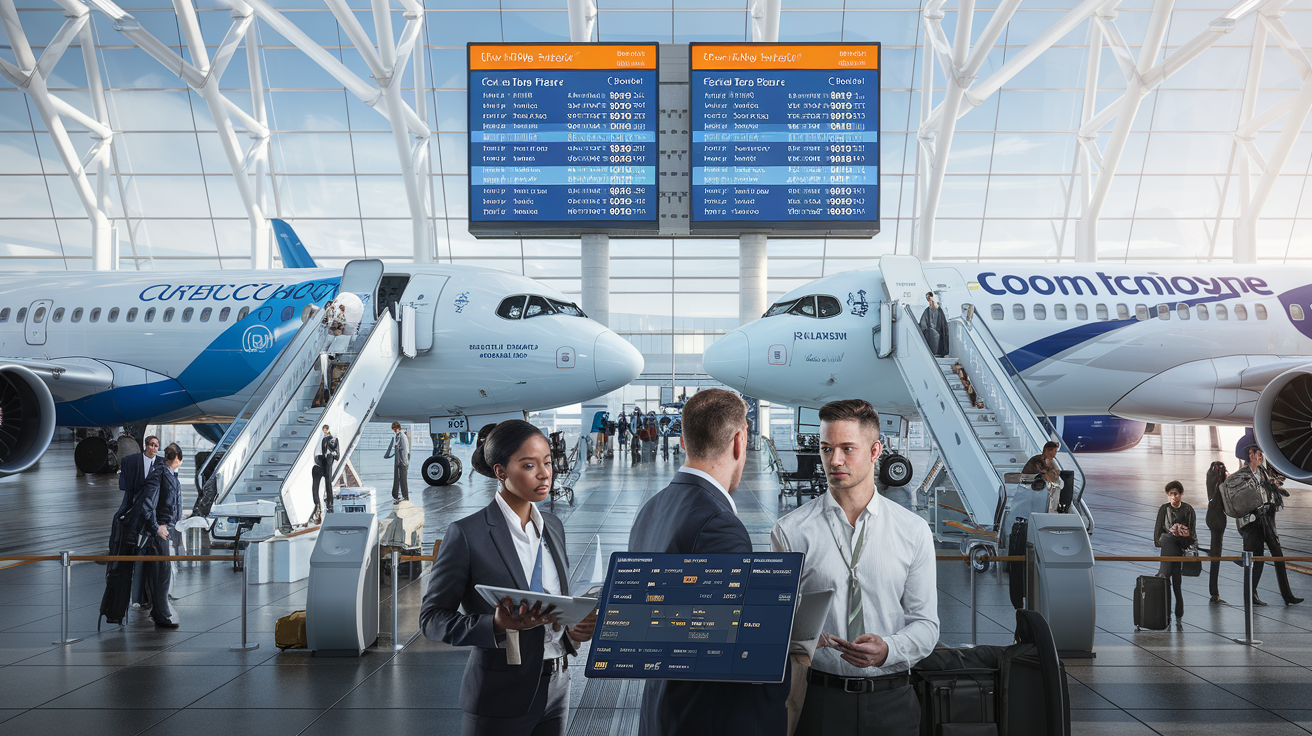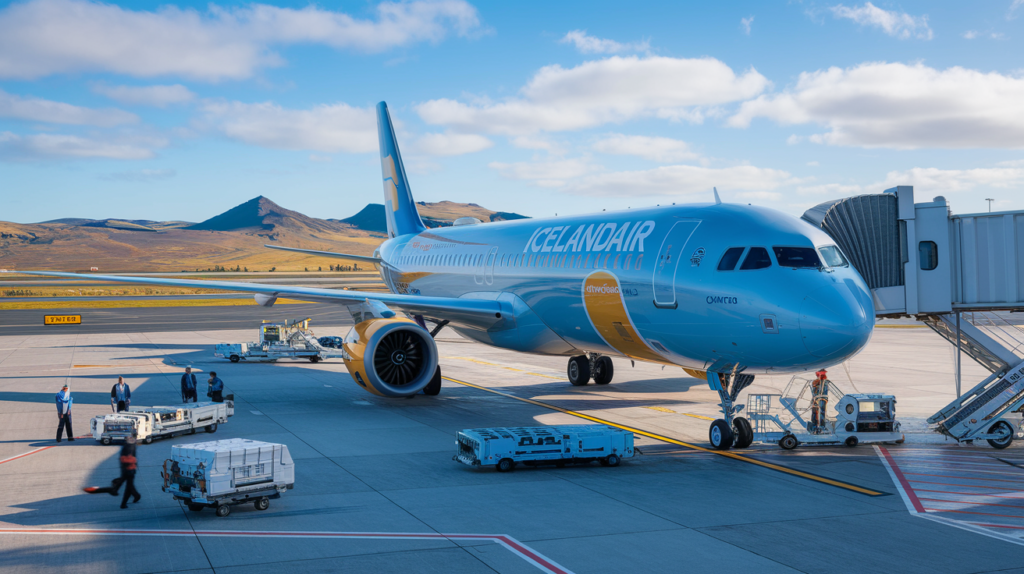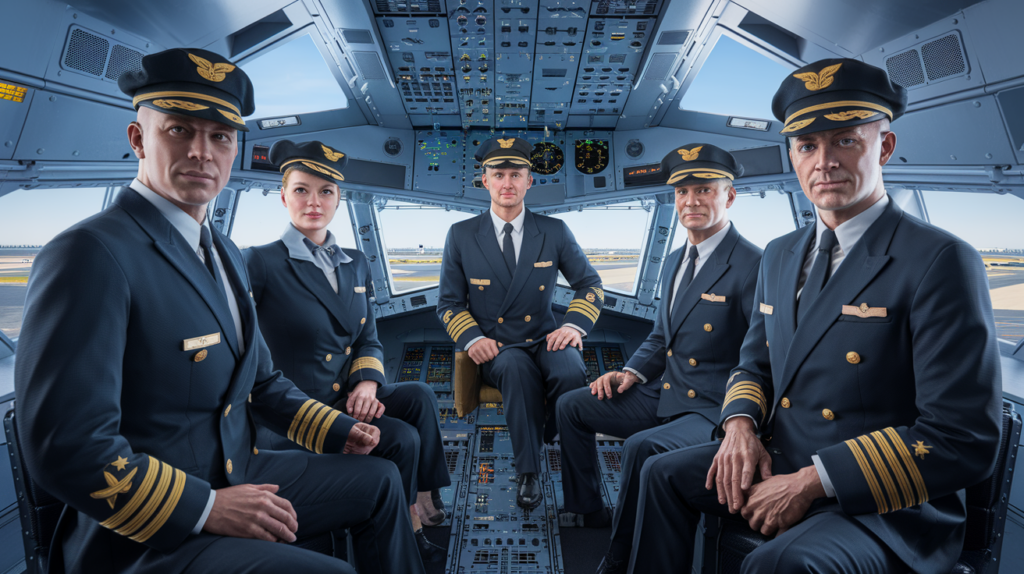Visit partnerships from code sharingor code-shareare a major aviation strategy. This system enables several airlines to associate their codes with the same flight, thus increasing their visibility and open up new destinations they couldn't serve on their own. Through these agreements, airlines can broaden their global reach and improve the quality of their service. profitability of their routes. Although they cooperate on flights, each carrier issues its own tickets under its own code. This type of collaboration helps companies to better cope with the competition growing.
In the world of commercial aviation, airlines are constantly looking for ways to increase their sales. visibilityto optimize their profitability and extend their reach. One of the most effective strategies for achieving these goals is the code sharingoften referred to as "code share". But what does this mean in practice, and why is it so important in the airline industry?
What is code-sharing?
Code sharing is a trade agreement between two or more airlines, enabling them to register their own flight number on a flight operated by another airline. This means that a single flight can carry several flight numbers, which each participating airline will use to sell tickets. For example, a flight operated by Air France could also be sold under a Delta flight number, thanks to a code-share agreement.
The benefits of code sharing
These partnerships enable airlines toexpand their network and offer their passengers a wider choice of destinations, without having to operate their own additional flights. For passengers, this often means more connecting options. At the same time, these agreements increase flight frequenciesThis enables partner airlines to optimize aircraft occupancy, making their operations more profitable.
Strategic alliances in aeronautics
In addition to code-sharing, many airlines choose to form alliances to strengthen their position in the global marketplace. These alliances, as seen with the association between SAS and Air Europa and others, enable airlines to share not only their codes, but also their infrastructure, VIP services and much more. This improves thecustomer experience while consolidating their customer base. Examples of strategic alliances abound, such as that between Singapore Airlines and Scoot, which together deploy an impressive fleet of 205 aircraft serving 127 destinations.
Specific partnerships and implications for passengers
Outside the major alliances, specific partnerships also exist. This is the case, for example, with Japan Airlines and IndiGo, who have joined forces in a code-share agreement to improve connectivity between their networks. For passengers, the benefits are clear: more choice of destinations, better continuity of service and often the possibility of accumulating more loyalty miles thanks to partner company programs.
Code-sharing has revolutionized the world of aviation, offering greater flexibility and choice for airlines and travellers alike. Code-sharing agreements demonstrate airlines' determination to adapt to new consumer expectations in an increasingly globalized world.
Examples of recent collaborations
Recent examples illustrate this dynamism. Madagascar Airlines recently signed a strategic partnership with Travelport, seeking to strengthen its presence on the international scene by taking advantage of better ticket distribution. Meanwhile, the three "Sisters of the Gulf" - Emirates, Qatar Airways and Etihad - are adjusting to face competition from European airline giants. These developments show just how crucial code-sharing and strategic alliances have become in the modern airline world.
Understanding these alliances and partnerships is the key to understanding how airlines maximize capacity and adapt to the increasingly demanding needs of modern travelers.
For more information on these collaborations, see : Strategic partnership: Madagascar Airlines joins forces with Travelport, The Gulf's three sisters face Europe's airline giants, SAS and Air Europa join forces with codeshare agreement, Singapore Airlines and Scoot: an impressive fleet and Japan Airlines and IndiGo: a strategic partnership .

Strategic Alliance: Code-sharing between airlines
| Element | Description |
| Definition | Agreement allowing several airlines to market the same flight |
| Objective | Increase visibility and profitability |
| Benefits for the Company | Access to new routes without having to operate flights |
| Passenger benefits | More flight and connection options |
| Examples of Alliances | Air France and WestJet, SAS and Air Europa |
| Impact on Miles | Credited miles based on operating airline |
| Limits | Possible differences in services offered |
| Duration of agreements | Varies according to specific contracts |
| Interconnection | Facilitates transfers between partner companies |
| Control | Subject to international and local regulations |
On the same theme
Animal transport: Brazilian courts rule on Avianca and TAP passenger appeals
A recent decision by the Brazilian courts has highlighted the claims made by passengers of Avianca and TAP airlines concerning the transportation of animals. This case highlights the issues at stake and the responsibilities of airlines with regard to...
Icelandair enters the world of Airbus with the A321LR
Keflavik-based airline Icelandair has reached a major milestone, integrating an Airbus into its fleet for the first time. The delivery of the brand-new A321LR marks the start of the airline's aircraft renewal program. Leased from SMBC...
Practical guide: Identifying the different grades of airline pilots
The Practical Guide to Airline Pilots' Ranks provides a detailed overview of the hierarchy and skills required in civil aviation. Each rank, identifiable by the stripes worn on the shoulders, symbolizes a level...







